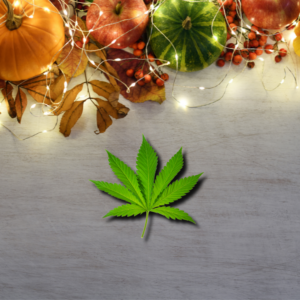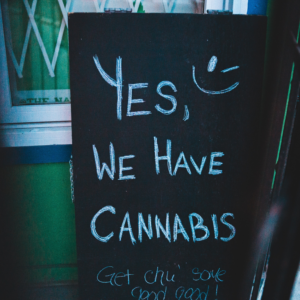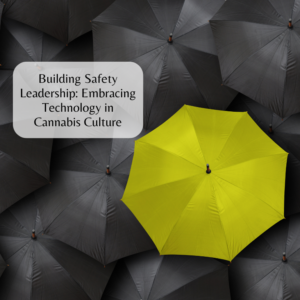Delving into Cannabis and Alcohol Laws: Why One Size Doesn’t Fit All

Alcohol and cannabis share commonalities beyond just their status as regulated substances. Often viewed as ways to unwind, they both fall under strict regulatory frameworks that govern their production, distribution, and sale.
Regulatory Parallels: The New York Example
In jurisdictions like New York, regulatory approaches for cannabis closely mirror those for alcohol. From dispensary proximity rules mirroring those of liquor stores to regulators transitioning from the State Liquor Authority to the Office of Cannabis Management, the regulatory overlap is evident. Even the foundational framework, such as the three-tier system for alcohol and the analogous four-tier system for cannabis, underscores this alignment.
Recognizing Inherent Differences
While regulations may align, it’s crucial to acknowledge inherent differences between the two industries.
Storage and Expiration Concerns
Unlike alcohol, which ages and may even appreciate over time, cannabis has a finite shelf life. The compact nature of cannabis storage, with significant value housed in a small space, makes managing inventory and expiration dates a critical concern. Regulations must address issues like volume restrictions to mitigate product wastage due to expiration.
Market Maturity Factors
Differences between the markets often stem from their relative maturity rather than intrinsic product disparities. For instance, challenges in accepting credit cards for cannabis purchases echo similar hurdles faced by the alcohol industry post-Prohibition. Over time, regulatory evolution and market normalization can address such issues.
Combatting the Black Market
The existence of a cannabis black market isn’t unique, paralleling the post-Prohibition era of alcohol. As legalization widens, regulated markets have the potential to curb illicit activities, much like how legalized alcohol minimized bootlegging over time.
Caution Against Blind Regulation Transference
While using alcohol regulations as a blueprint isn’t inherently flawed, regulators must exercise caution to avoid indiscriminate copy-and-pasting. Honest assessment of inherent product differences is vital for crafting effective regulations that address the unique needs of the cannabis industry.
Intentional Regulation for Success
Regulatory frameworks must be thoughtfully crafted, considering both similarities and distinctions between alcohol and cannabis. Failure to do so risks undermining industry viability. By recognizing and addressing inherent differences, regulators can foster a thriving, compliant, and sustainable cannabis sector.











